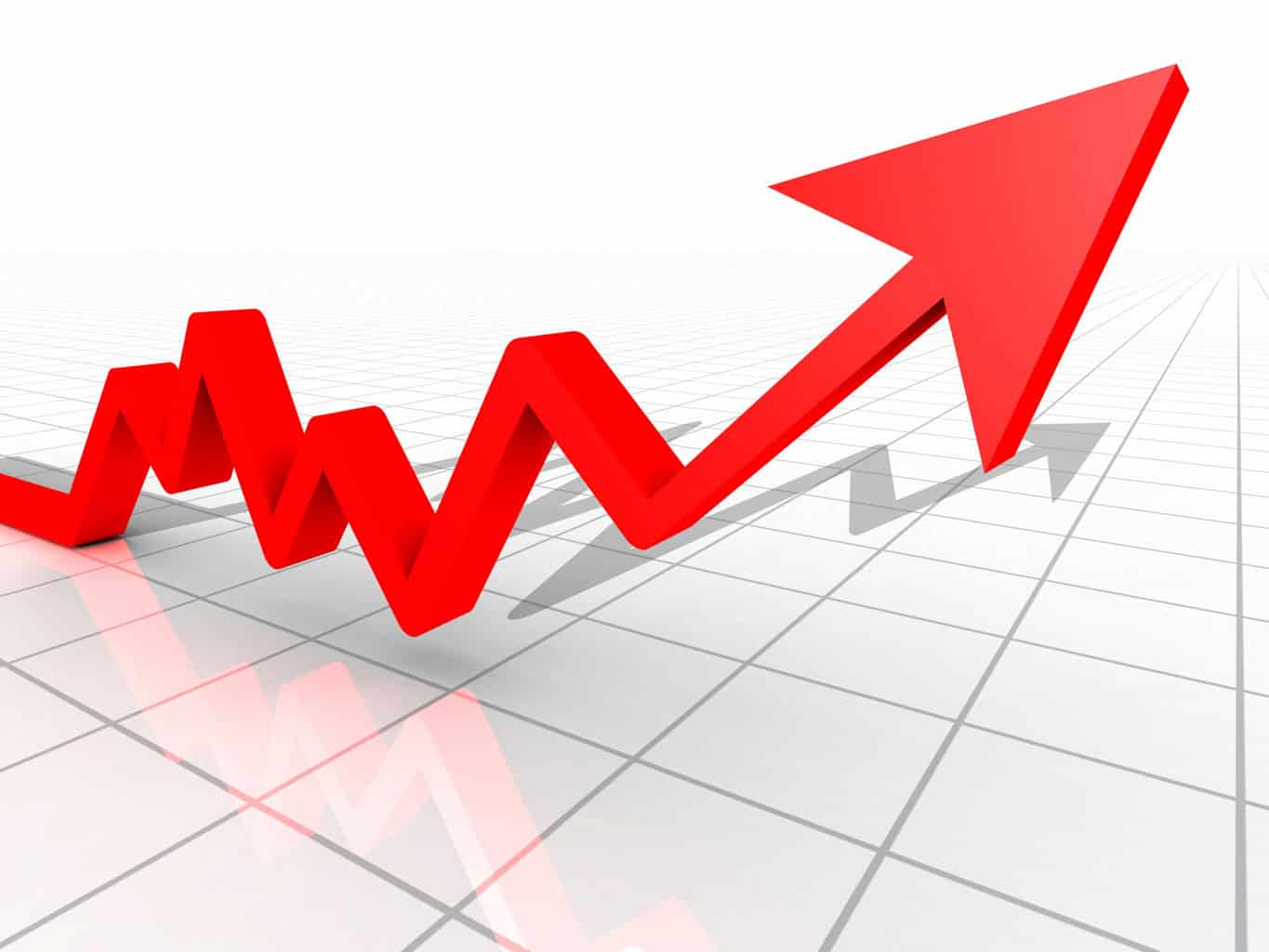Japanese inflation (consumer prices), excluding fresh food rose by 0.9% in October compared to the same month in 2012, the Ministry of Internal Affairs and Communications announced.
October’s inflation increase, the fifth consecutive month of price rise growth and a 5-year record, is possibly a sign that Abenomics is working.
Abenomics is a Keynesian-inspired plan created by Prime Minister Shinzō Abe to boost domestic demand, create jobs, encourage economic growth, and pull the country out of several years of deflation.
For the last 20 years Japan has been battling falling prices (deflation).
After growing dramatically in the 1980s, the Japanese economy went into a deflationary spiral that has lasted until this year. Low consumer demand and poor economic growth have persisted despite attempts by several Japanese administrations from 1992 to 2008.

Japanese inflation better than deflation – why?
People who either live or have lived in economies with high inflation wonder why deflation is a bad thing. Deflation has three undesirable consequences
1 – Domestic demand and borrowing falls
When prices are falling people and businesses tend to postpone their purchases. They wait, expecting better deals and prices in the future. In other words, deflation undermines domestic demand.
Individuals and businesses also borrow less in a deflationary environment.
If domestic demand and bank loans decline, the economy slows down.
2 – Debtors become worse off
If you borrow money, for example to buy a house, your debt (mortgage) becomes relatively smaller each year in comparison to the rising value of your house in an inflationary environment, especially if you have a fixed mortgage.
However, if prices are falling, your debt as a proportion of your static or falling asset value grows, i.e. your debt burden increases.
Deflation raises debt burdens, which in turn have a depressing effect on spending. It can turn into a vicious circle of deflation, consisting of debt burdens, causing deflation, which cause further debt burdens, which in turn trigger worsening deflation.
3 – Wages fall
In a deflationary economy, not only do prices fall, but wages as well. Pushing nominal wages down is extremely difficult. If it is not done unemployment will grow, and then wages will start to fall, because workers who are faced with either unemployment or less pay tend to opt for the latter.
The BBC quotes Mizuho Research Institute economist, Hidenobu Tokuda, who said “(Japan) is making progress toward ending deflation. We expect core inflation to approach 1% at the end of this year and then to rise more gradually next year.”
Japanese inflation not due to domestic demand
Higher fuel import costs and a weaker yen have been the main drivers of Japan’s current inflation growth, rather than by increasing domestic demand.
In 2013, the Japanese yen has weakened by nearly 25% against the dollar, this has pushed up import prices.
Why is Japan importing more fuel? – after the earthquake and tsunami of 2011 caused level 7+ meltdowns at three reactors in the Fukushima Daiichi Nuclear Power Plant complex, Japan has closed down nearly all its nuclear reactors. To make up for the subsequent loss in energy production, the country has had to import more fuel.

